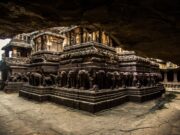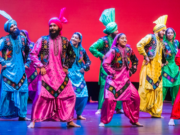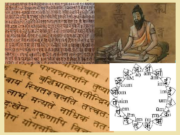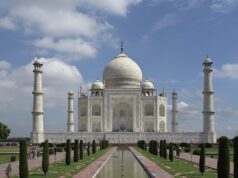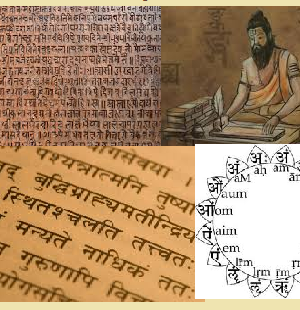
Sanskrit is a traditional and ancient Indian language. Sanskrit is Hinduism’s principal sacred language, and it has been employed in Hinduism, Buddhism, and Jainism as a philosophical language. Sanskrit is an Old Indo-Aryan standardized dialect that dates back to 1700-1200 BCE as Vedic Sanskrit. The Rig Veda, Sam Veda, Yajur Vedia, and Atharva Veda are the four major compilations. The Vedas are a collection of hymns, incantations are known as Samhitas, and theological and philosophical guidance for Vedic priests, or Brahmans. Sanskrit is known as “Devvani” or “Survani” because it is the language of the gods and the Vedas. Sanskrit was utilized as a common language during the Vedic period. Its origins can be traced back to the Aryans, and it is regarded as one of the world’s oldest languages. Most of the languages spoken in India today, such as Hindi, Marathi, Sindhi, and Punjabi, have their roots in Sanskrit. Apart from this, Sanskrit is also regarded as Nepali’s mother tongue.
Panini is most renowned for his Sanskrit grammar. Panini is regarded as the first person to write a methodically structured Sanskrit grammar that includes specific norms. Panini’s rules are well known as the Maheshwara Sutra.
There are 14 Maheshwar Sutras in all, which are listed below.
- अ, इ ,उ ,ण्।
- 2ॠ ,ॡ ,क्,।
- ए,ओ ,ङ्।
- ऐ ,औ, च्।
- ह, य ,व ,र ,ट्।
- ल ,ण्
- ञ ,म ,ङ ,ण ,न ,म्।
- झ, भ ,ञ्।
- घ, ढ ,ध ,ष्।
- ज, ब, ग ,ड ,द, श्।
- ख ,फ ,छ ,ठ ,थ, च, ट, त, व्।
- क, प ,य्।
- श ,ष ,स ,र्।
- ह ,ल्।
Panini recognized the many components of grammar in an Ashtadhyayi text, such as sound department, noun, pronoun, adjective, verse, hymn, verb, prefix, Avaya, sentence, linga, and so on, in order to control Sanskrit grammar. There are many topics but we’re decided some of them important.
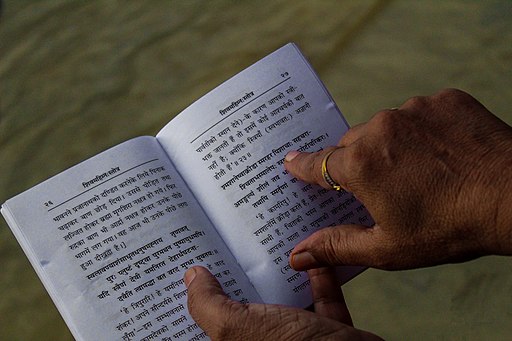
SANSKRIT GRAMMER.
There are three types of sandhi, as defined by Sanskrit grammar, which is listed below.
1.Svar sandhi
2.Visarg sandhi
3.Vyanjan sandhi
4.PADA
A pada is a set of meaningful words in Sanskrit grammar. In grammar, there are two categories of meaningful words, which are listed below.
1.Subanta
2. Tindta
VERB
Verb-In Sanskrit grammar, a preranaarthak verb occurs when the performer of action asks someone else to perform it instead of doing it himself. In Sanskrit, there are a variety of verb forms.
1.Sanant
2.Yanant
3. Naam Dhaatuuch
Gender in Sanskrit
Because some of the terms in the sentence refer to female castes and others to male castes, Sanskrit grammar includes a gender (sign) to distinguish them. Because there are various words in Sanskrit and Hindi that designate multiple genders, this gender is a bit different from Hindi grammar.
There are 22 types of prefixes in Sanskrit grammar. All these prefixes are given below.
दुर्, अति, दुस्, परा, अप, अभि, आ (आं), नि,अनु, परिअपि, सु, निर्, प्र, उत् /उद्, प्रति, वि, सम्, उपअधि, निस्, अव,
Suffix
There are two types of suffixes in Sanskrit, Krita suffix and Tadhit suffix. There are some words that are added at the end of another word and make some changes in the meaning of that word according to its nature. Such a word is called a suffix
Inexhaustible
Inexhaustible is a term used to describe words that do not change their form or meaning in any way, such as gender, word, man, factor, and tense. Because it does not produce disorder, inexhaustible is also known as a chaotic term.





